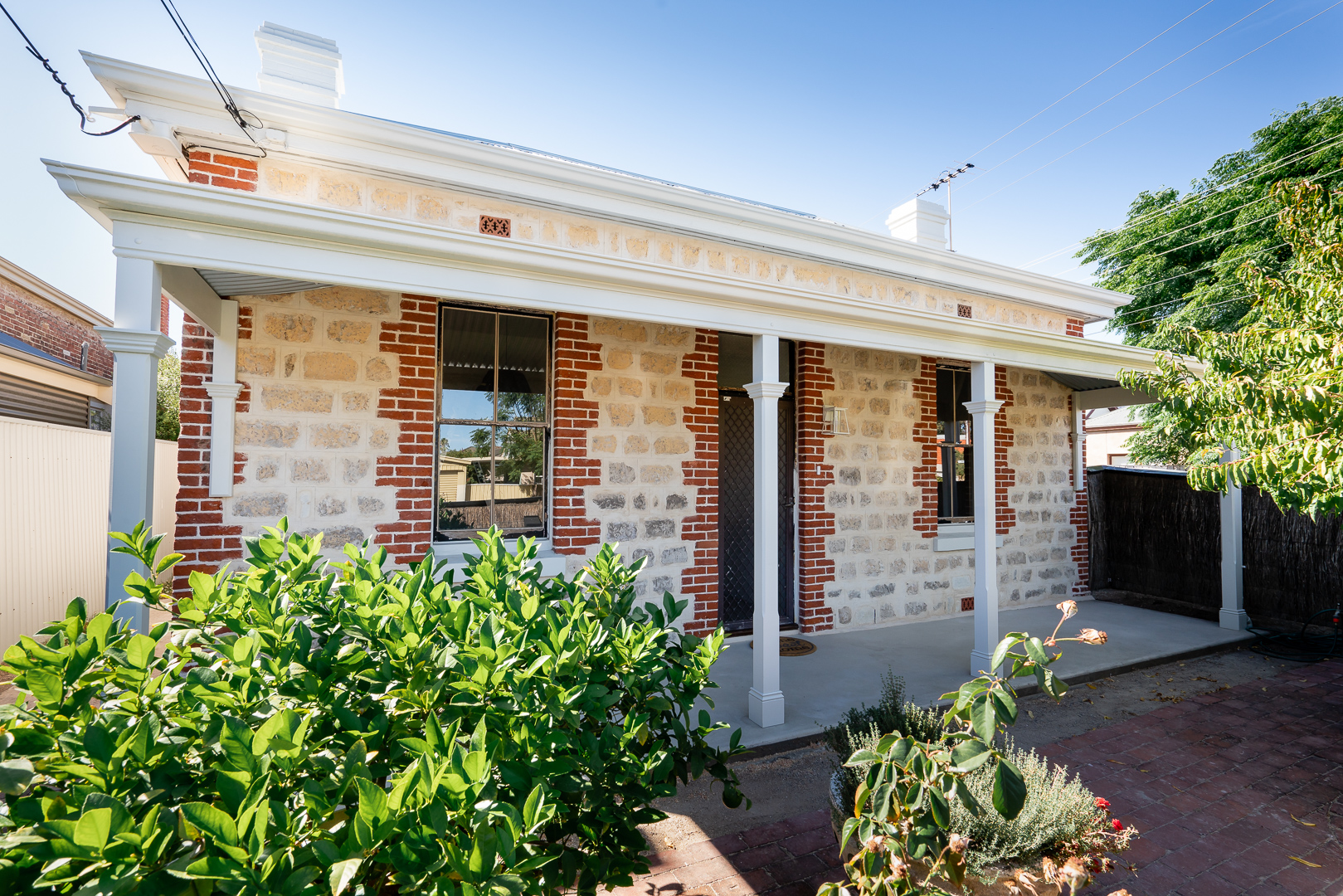Why is the maintenance of a Heritage Home so important?
Heritage homes are treasures; each one is a testament to the enduring craftsmanship of yesteryear and is an important aspect of your community’s heritage and culture. Owning a heritage home is both a pleasure and a privilege, and with such value and charm, it’s crucial to ensure these homes are cared for and preserved for future generations.
But as with all homes, these properties need ongoing care and upkeep. Regular inspection and maintenance of a heritage home can mean significant repairs can be prevented down the track, especially from damp (and not just salt damp). Moisture ingress can be the silent destroyer of heritage structures. It can compromise the stability of the building, promote timber decay, create musty smells, and provide an environment for mould growth.
Follow up with just some of our maintenance suggestions to ensure your heritage home remains free from damp:
1. Roof and Gutter Check:
One of the primary sources of water ingress is through damaged roofs or overflowing gutters. Ensure your roof tiles, slates, and flashings are intact and the gutters are debris-free. And that downpipes are unblocked, connected and in good condition if present. And the water from these down pipes is directed away from the wall.
2. Ventilation is Key:
Older homes were designed for a different era, and sometimes modern living can interfere with natural ventilation. Ensure that chimneys are clear and that sub-floor vents are not obstructed. It is also a great practice in older homes to open up and clean out these vents, removing years of built-up debris and dirt.
3. Improved Drainage:
Ensure your property has adequate external drainage to keep the foundation dry. This could mean introducing gravel against the external walls or ensuring your path slopes away from the home.
4. Repointing Brick and Stone:
The mortar between bricks and stones can erode over time. Inspect your stonework for loose, fretted or missing mortar. Check for crumbling stones, bricks and evidence of surface salts. All of this type of damage can be an indication of salt damp. Getting on top of it early is important to prevent costly repairs down the track (We can help with that!)
5. Check External Ground Levels:
The ground level around your heritage home should be lower than the damp-proof course if one exists. Ensure that flower beds, pathways, or accumulated debris don’t allow water to sit against walls.
6. Upgrade Internal Plumbing:
Many heritage homes have old plumbing systems. Periodically check for leaks, especially in concealed areas like under floors or behind walls. Ensure there are no leaking taps or washers, or toilet cisterns. When updating the bathroom areas, ensure there is adequate waterproofing.
7. Use Lime-Based Plasters and Paints:
Unlike modern materials, lime-based products allow the walls to ‘breathe’, which means any moisture that gets into the walls can also get out.
8. Window and Door Maintenance:
Wooden windows and doors are common in heritage homes. Regularly check for signs of rot, and ensure all seals are tight to prevent water ingress. Check internally for damp stains around windows that can indicate failed flashing or seals, and replace silicone where necessary.
Preserving a heritage home is a labour of love. While they demand attention and care, the reward is living in a piece of history that continues to tell a story and links to your local community’s history.
Remember, when it comes to heritage homes, prevention is always better than cure, and maintenance is an important first step that you can take.
For more information, make sure to check out your local council’s Heritage Advisory Area. They will often have advisors that can consult or fact sheets with information pertinent to your local area.

